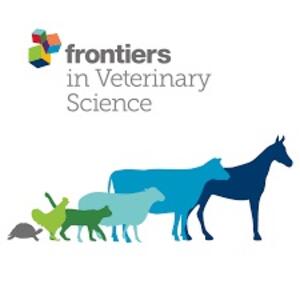
Genetic Diversity and Population Structure of Ethiopian Sheep Populations Revealed by High-Density SNP Markers
Abstract
Sheep in Ethiopia are adapted to a wide range of environments, including extreme habitats. Elucidating their genetic diversity is critical for improving breeding strategies and mapping quantitative trait loci associated with productivity. To this end, the present study investigated the genetic diversity and population structure of five Ethiopian sheep populations exhibiting distinct phenotypes and sampled from distinct production environments, including arid lowlands and highlands. To investigate the genetic relationships in greater detail and infer population structure of Ethiopian sheep breeds at the continental and global levels, we analyzed genotypic data of selected sheep breeds from the Ovine SNP50K HapMap dataset. All Ethiopian sheep samples were genotyped with Ovine Infinium HD SNP BeadChip (600K). Mean genetic diversity ranged from 0.29 in Arsi-Bale to 0.32 in Menz sheep, while estimates of genetic differentiation among populations ranged from 0.02 to 0.07, indicating low to moderate differentiation. An analysis of molecular variance revealed that 94.62% and 5.38% of the genetic variation was attributable to differences within and among populations, respectively. Our population structure analysis revealed clustering of five Ethiopian sheep populations according to tail phenotype and geographic origin—i.e., short fat-tailed (very cool high-altitude), long fat-tailed (mid to high-altitude), and fat-rumped (arid low-altitude), with clear evidence of admixture between long fat-tailed populations. North African sheep breeds showed higher levels of within-breed diversity, but were less differentiated than breeds from Eastern and Southern Africa. When African breeds were grouped according to geographic origin (North, South, and East), statistically significant were detected among groups (regions). A comparison of population structure between Ethiopian and global sheep breeds showed that fat-tailed breeds from Eastern and Southern Africa clustered together, suggesting that these breeds were introduced to the African continent via the Horn and migrated further south. Our results provide a basis for investigations of genomic regions or loci involved in the adaptation of Ethiopian sheep breeds to extreme environments (heat and cold stress and disease resistance).
Citation
Edea Z, Dessie T, Dadi H, Do K-T and Kim K-S (2017) Genetic Diversity and Population Structure of Ethiopian Sheep Populations Revealed by High-Density SNP Markers. Front. Genet. 8:218










